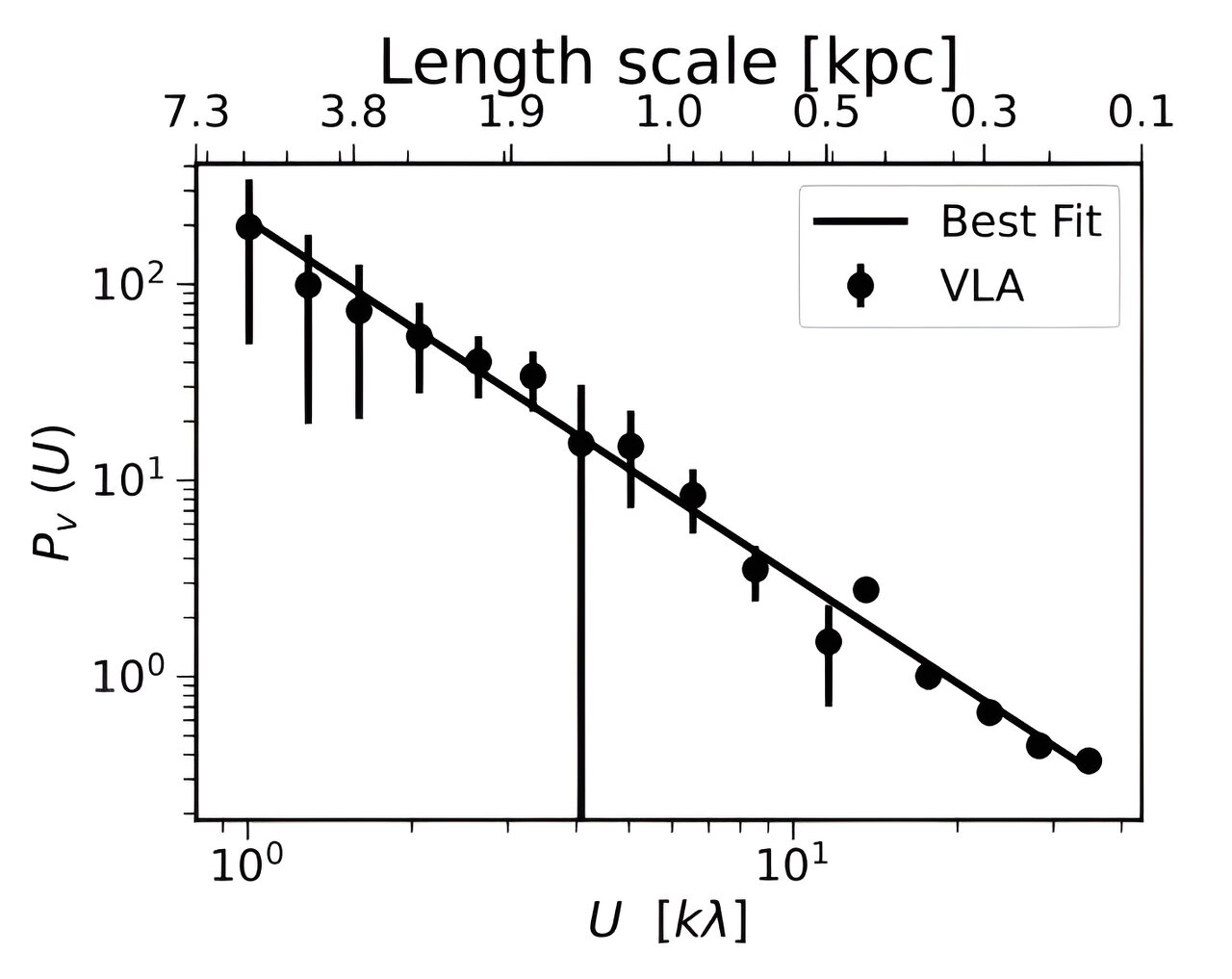Price growth held steady in the United States last month as the Federal Reserve mulls the next stage of its battle against inflation.
The consumer price index rose at an annual pace of 3.7% in September, according to the Bureau of Labor Statistics. This was in line with August’s 3.7% reading.
The official index, which measures the prices of a basket of goods and services, increased at a swifter pace than expected by economists. On a month-to-month basis, it rose by 0.4%; ahead of the average 0.3% forecast on Wall Street.
Inflation has been moderating since it surged to its highest levels in a generation last summer. The Fed embarked upon an aggressive campaign to cool the world’s largest economy in a bid to curtail price growth last March, and has since raised interest rates 11 times.
The resilience of the US economy has taken economists by surprise, fueling hopes that policymakers will successfully guide it to a so-called “soft landing”, where price growth is normalized and recession avoided. Inflation remains significantly higher than the Fed’s 2% target, however, and officials have cautioned they still have a way to go.
September’s core consumer price index – a closely watched official measure of inflation which strips out volatile food and energy prices – rose 4.1% on the year.
Minutes from the Fed’s latest rate-setting meeting, released on Wednesday, revealed that officials deemed the economic outlook to be particularly uncertain last month. They pledged to “proceed carefully” when considering future action. Policymakers are next due to convene on Halloween.
The latest consumer inflation figures were also released a day after wholesale prices were revealed to have risen more than expected in September. The producer price index rose 2.2%, boosted by higher energy and food costs.
Economists are divided on what the Fed will do next. “We still think that the data over the next couple months will be good enough to ensure that the Fed is done,” said Ian Shepherdson, chief economist at Pantheon Macroeconomics, “but the chance that we’re wrong is quite high, perhaps 30% or so”.
2023-10-12 07:43:08
Link from www.theguardian.com
















